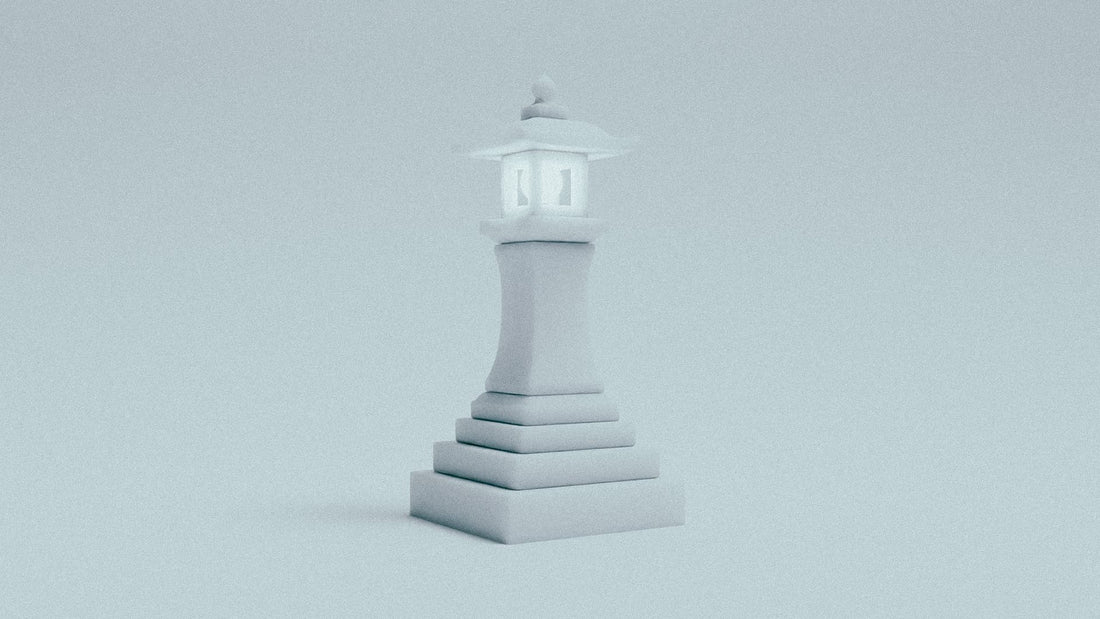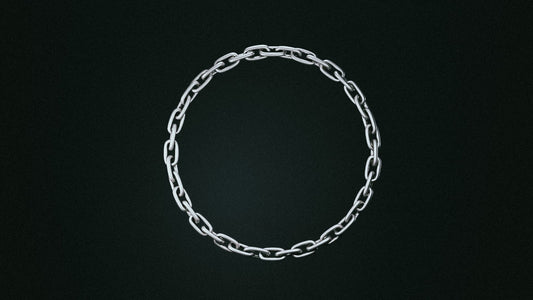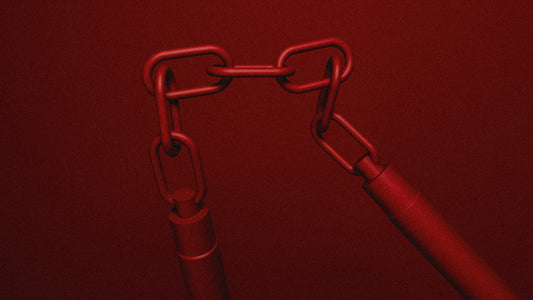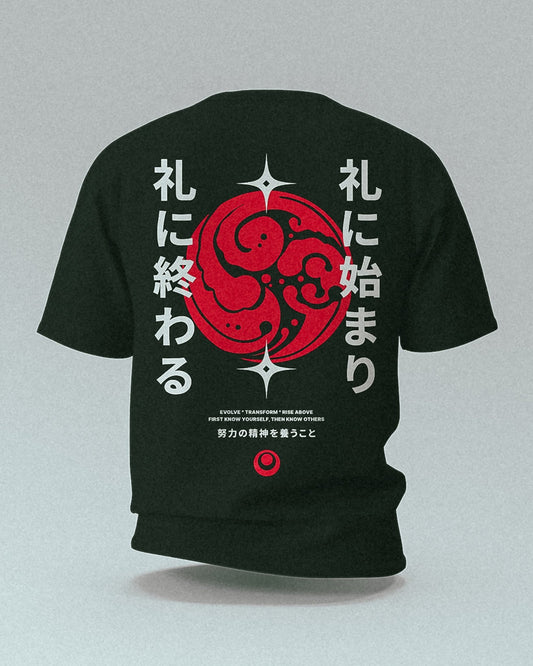
The Invisible Arsenal
Average reading time: 5-7 minutes
Breathwork is instantly associated with meditation and yoga practice. A fact that doens't come as a suprise since the term Pranayama (breath control) is somewhat 2000 years old when firstly appearing in the earliest yogic texts. Breathwork is also a performance enhancer that can make or break your training and competition outcomes. There's explosive power generation in Karate and flow states in Brazilian Jiu-Jitsu – every martial art has refined breathing techniques that unlock both physical and mental advantages.
The Physiological Foundation
Proper breathing regulates your autonomic nervous system, shifting you from sympathetic (fight-or-flight) to parasympathetic (rest-and-digest) states when needed.
This control directly impacts things like:
- Oxygen delivery to working muscles
- Lactic acid clearance during intense exchanges
- Heart rate variability for sustained performance
- Mental clarity under stress
Neuroscience research has identified a neural pathway connecting the frontal cortex to the brainstem that regulates voluntary breathing and emotional state. That is a complicated way of saying that there's scientific prove for the popular saying "mind over matter". Six breaths per minute appear to be the optimal breathing rate for maximizing Heart Rate Variability and cardiac coherence. That is the state where your heart, mind, and nervous system work in sync. Control your breathing means regulating your brain chemistry.
Breathing Systems
Various martial arts have developed specific breathing techniques. Here are some examples:
Hara Breathing
Traditional Japanese martial arts emphasize breathing from the hara (lower abdomen), roughly three fingers below the navel.
- It lowers your center of gravity
- Reduces upper body tension
- Generates power from your core
- Maintains composure during combat
Method: Inhale slowly through the nose, expanding the lower abdomen rather than the chest. Exhale with control, drawing the navel toward the spine.

Dan Tian Breathing
In Qigong and Tai Chi there's something similar to hara breathing but with specific energy cultivation principles from Taoist tradition.
These are the three Dan Tian areas
- Lower Dan Tian (below navel): Physical power and endurance
- Middle Dan Tian (heart center): Emotional regulation
- Upper Dan Tian (between eyebrows): Mental focus
Practitioners visualize breath cycling through these centers, building internal energy while maintaining external relaxation. Imagine your breath travelling from the lower to the upper Dan Tian
Rhythmic Combat Breathing
Thai boxers develop breathing patterns that sync with their strikes and defensive movements.
The exhale coincides with technique execution
- Creating maximum power transfer
- Core stability
- Psychological intimidation through audible exhalation

Ancient Yogic Techniques
Rickson Gracie studied breathing (what a weird thing to write) under Orlando Cani who himself was a Hatha Yoga practioner. In Hatha Yoga breathing plays a prominent role and it's called Pranayama.
Ujjayi Breathing (Victorious Breath)
- Inhale and exhale through the nose
- Creates an audible "ocean" sound with the throat
-
Builds heat and focus during training
Application: Use during technical drilling or warm-up routines
Bhastrika (Bellows Breath)
- Rapid, forceful inhales and exhales through the nose
- 10-20 breaths followed by breath retention
-
Activates the sympathetic nervous system for explosive training
Application: Pre-competition activation or before heavy bag work
Nadi Shodhana (Alternate Nostril Breathing)
- Block one nostril
- Inhale through the other
-
Switch, exhale
This balances the nervous system and improves focus
Application: Post-training recovery or mental preparation
Attention: If you have any respiratory conditions or health concerns, consult with a healthcare professional before implementing intensive breathing practices.
Practical benefits and the spiritual aspect of these breathing methods go hand in hand. In a world of endless techniques and training methodologies, breathing remains the one practice that enhances everything else. Whether you call it qi, ki, or simply optimized nervous system function, the results are measurable. It enhances your performance, leads to faster recovery and better stress management.
Who would have thought something we do around 20,000 times unconsciously during the day can have so many nuances and produce so many different outcomes.
Thanks for reading. Stay curious!
Tha







